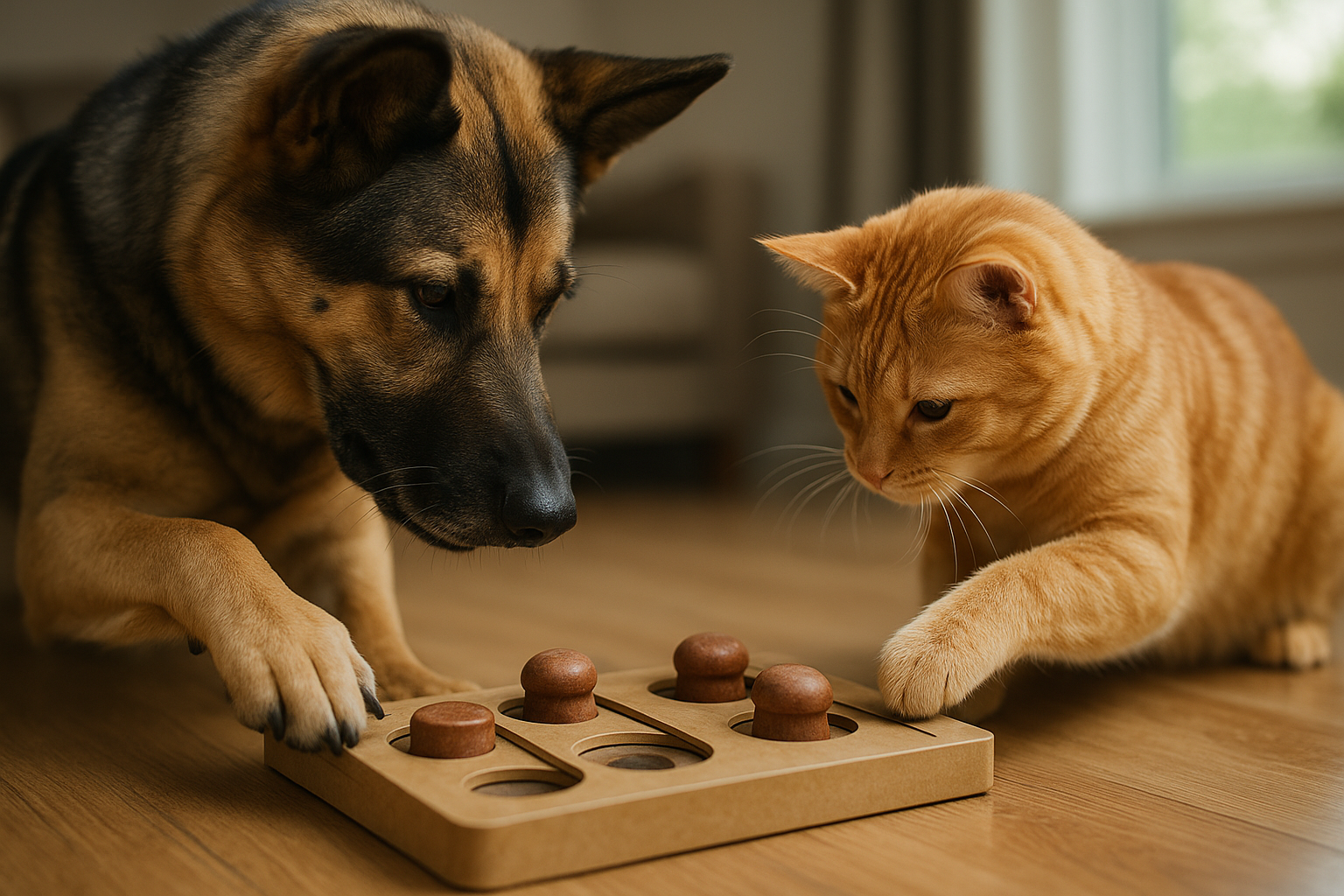Pet Toys: Functions, Safety, and Development Benefits
Choosing the right pet toys affects more than playtime: toys shape behavior, support physical health, and can reduce stress for dogs, cats, and other companion animals. This article explains common toy categories, how they contribute to animal wellness and pet development, and practical safety considerations so owners can make informed selections for play that matches each pet’s needs.

This article is for informational purposes only and should not be considered medical advice. Please consult a qualified healthcare professional for personalized guidance and treatment.
How do puzzle feeders support pets?
Puzzle feeders are interactive devices that require pets to solve a simple challenge to access food or kibble. By slowing fast eaters and encouraging foraging behavior, they can reduce bloating risks and curb boredom-driven scavenging. For dogs and cats alike, puzzle feeders provide mental stimulation that complements physical exercise, especially in households where outdoor activity is limited. When selecting a puzzle feeder, match the complexity to your pet’s experience and monitor initial use to prevent frustration or accidental ingestion of small parts.
What are treat dispensing toys?
Treat dispensing toys combine play with intermittent rewards, releasing treats as the animal manipulates the toy. These toys reinforce problem-solving, motivate movement, and can be used for short training sessions. Because treats are distributed gradually, they help manage portion control when used correctly. Choose treat dispensing toys with durable materials appropriate to your pet’s chewing strength and consider resetting or cleaning mechanisms to keep them hygienic. Rotate different types to maintain interest and avoid making treat dispensing toys the only source of rewards.
How do chew toys help dental and behavior?
Chew toys satisfy natural gnawing instincts, which is important for teething puppies and for adult pets that gain comfort or mental stimulation through chewing. Proper chew toys promote jaw exercise and can help reduce plaque when textured surfaces encourage scraping during biting. Avoid toys too small for a pet’s mouth and steer clear of objects that can splinter or be swallowed. Supervise the first sessions, replace heavily worn items, and consider veterinarian-recommended materials for pets with strong bite forces or dental sensitivity to balance safety with behavioral benefits.
How pet toys contribute to animal wellness?
Toys play a direct role in animal wellness by providing outlets for energy, reducing anxiety through predictable play routines, and assisting cognitive function. Regular play supports cardiovascular health, maintains healthy body weight, and strengthens the bond between pet and owner. Mental engagement from problem-solving toys can reduce destructive behaviors that arise from boredom or stress. For animals with mobility limits or age-related decline, modified toys can still encourage movement and tactile stimulation, which helps preserve overall quality of life while accommodating changing needs.
How toys support pet development?
During early life stages, toys guide socialization, fine motor skills, and environmental confidence. For puppies and kittens, a mix of soft toys for comfort, interactive toys for chasing and pouncing, and supervised chew items for teething teaches limits and appropriate play. Toys also assist training by creating predictable rewards and cues for desired behavior. In older animals, adaptive toys maintain cognitive engagement and can slow age-related decline. When selecting items for development, choose toys that match the pet’s size, sensory preferences, and current learning goals.
Conclusion
Thoughtful toy selection balances safety, stimulation, and suitability for an animal’s life stage and temperament. Mixing categories — puzzle feeders, treat dispensing toys, and appropriate chew toys — creates a varied play environment that supports pet development and overall animal wellness. Regular inspection, rotation, and adaptation of toys as a pet ages or their behavior changes will help ensure ongoing benefits from play without introducing preventable hazards.





